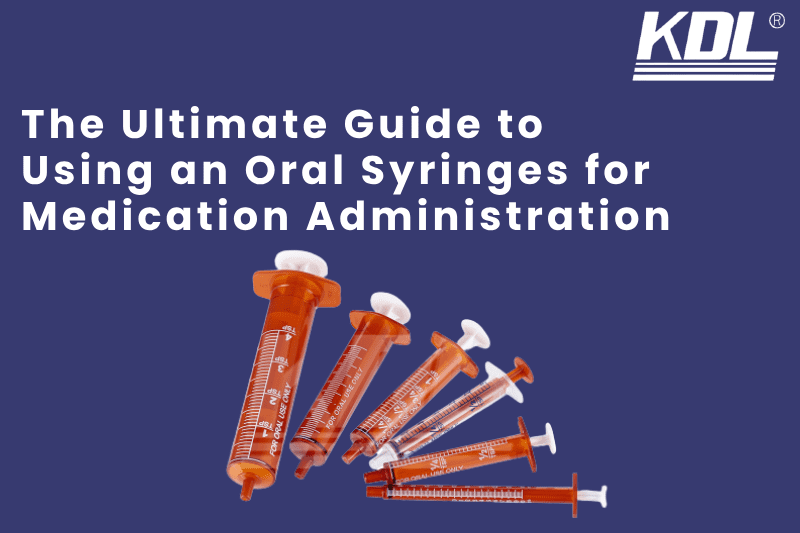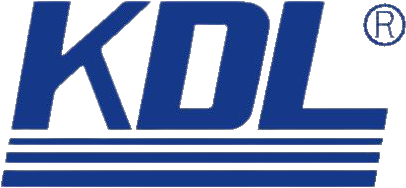
In the world of healthcare and medication administration, oral syringes have emerged as an indispensable tool. These small but mighty devices offer precise dosing and ease of use, making them a preferred choice for both medical professionals and patients. In this comprehensive guide, we will delve into what oral syringes are, how to use them effectively, the science behind their functionality, best practices when using them, where to purchase them, and the remarkable benefits they bring to the table.
What is an Oral Syringe?
An oral enteral syringe is a medical device used to administer liquid medication directly into the mouth. It consists of a plastic tube with a plunger and a tip that fits into the mouth. The syringe is marked with measurements to ensure accurate dosing. To use an oral syringe, the medication is drawn into the syringe, the tip is placed into the mouth, and the plunger is pushed to release the medication. Oral syringes are commonly use for infants, young children, and patients who have difficulty swallowing pills or tablets. It is important to follow the instructions of a healthcare professional when using an oral syringe.
How does oral syringe work?
An oral syringe works by drawing liquid medication into the syringe and then administering it orally. To use the syringe, first remove the cap and insert the tip into the medication. Pull back on the plunger to draw the medication into the syringe. Then, place the tip of the syringe into the patient’s mouth and slowly push the plunger to administer the medication. Be sure to follow the dosage instructions provided by the healthcare provider. After use, clean the syringe thoroughly with soap and water and store it in a safe place.
How to Use an Oral Medication Syringe?
Using an oral medication syringe is a fairly straightforward process. Here’s a step-by-step guide on how to properly use an oral syringe for medication administration:
- Wash your hands thoroughly to maintain cleanliness.
- Remove the cap from the syringe and draw in the prescribed amount of liquid medication. The barrel of the syringe usually has clear measurement markings to facilitate accurate dosage measurement.
- Ensure there are no air bubbles in the syringe by gently tapping it or slowly pushing the plunger to expel any trapped air.
- Place the tip of the syringe in the mouth of the person or animal, aiming towards the cheek or the back of the tongue.
- Slowly and steadily push the plunger to dispense the medication into the mouth. Take care to administer the medication slowly to avoid choking.
- If instructed, provide a small amount of fluid, such as water, after administering the medication to ensure it is fully swallowed.
Always consult the medication’s packaging or a healthcare professional. If you have any doubts or concerns about the proper administration technique.
Read More : How to Choose the Right Butterfly Needles for Your Medical Needs
Discover the essential factors to consider when selecting butterfly needles for medical procedures. Learn how to choose the right one for your needs.
Top Benefits of Using an Oral Syringes for Accurate Medication Dosing
Using an oral syringe for accurate medication dosing offers several benefits. Especially when compared to other methods of administration like using a teaspoon or a regular cup. These benefits are particularly important when administering medications to infants, children, or individuals with specific medical needs.
Some of the advantages of using an oral syringes
1. Precision and Accuracy
Oral syringes are design to provide precise measurements, allowing you to administer the exact dosage prescribed by a healthcare professional. This accuracy is crucial for ensuring the medication’s effectiveness and avoiding potential overdosing or underdosing.
2. Easy to Use
Oral syringes are user-friendly, with clear markings that make it easy to measure and administer the correct amount of medication. This simplicity is especially beneficial for caregivers and parents, ensuring that they can confidently give the right dosage to the patient.
3. Reduced Risk of Spillage
Unlike teaspoons or regular cups, oral syringes minimize the risk of spillage, which can lead to medication wastage and inaccurate dosing. This is particularly important when dealing with expensive or hard-to-obtain medications.
4. Improved Safety
Oral syringes are design to prevent backflow, reducing the risk of contamination and cross-contamination. This feature is vital for medications that need to be administered to multiple individuals or when infection control is a concern.
5. Suitable for All Ages
Oral syringes are use for infants, children, and adults, making them versatile tools for medication administration within a family or clinical setting.
6. Ideal for Thick or Viscous Medications
Some medications have a thick or viscous consistency, making it challenging to accurately measure and administer with a teaspoon or cup. Oral syringes are better suite for handling such medications.
7. Enhanced Compliance
The accuracy and ease of use associated with oral syringes can improve medication compliance, as patients are more likely to adhere to their prescribed regimens when they have confidence in the dosing process.
8. Reduced Risk of Choking
In pediatric patients, using an oral syringe can help reduce the risk of choking that may occur when trying to swallow a liquid medication from a spoon or cup.
Summary
In the realm of medication administration, the oral syringe stands as a beacon of precision and ease. Its function, usage, and myriad benefits make it an invaluable tool for caregivers, medical professionals, and patients alike. With proper technique and adherence to best practices, oral syringes ensure accurate dosing, minimize waste, and promote safe and efficient medication administration, ultimately contributing to better healthcare outcomes. So, the next time you encounter liquid medication, consider the oral syringe as your trusted ally on the path to well-being.

